Hyundai Tucson vs Mercedes C-Class Wagon – Which one offers the better deal?
Two cars, one duel: Hyundai Tucson meets Mercedes C-Class Wagon.
Which one wins in performance, efficiency and value for money? Find out now!
Costs and Efficiency:
Price and efficiency are often the first things buyers look at. Here it becomes clear which model has the long-term edge – whether at the pump, the plug, or in purchase price.
Hyundai Tucson has a distinct advantage in terms of price – it starts at 30600 £, while the Mercedes C-Class Wagon costs 42400 £. That’s a price difference of around 11808 £.
Fuel consumption also shows a difference: Mercedes C-Class Wagon manages with 0.40 L and is therefore convincingly more efficient than the Hyundai Tucson with 1 L. The difference is about 0.60 L per 100 km.
As for range, the Mercedes C-Class Wagon performs clearly perceptible better – achieving up to 112 km, about 42 km more than the Hyundai Tucson.
Engine and Performance:
Under the bonnet, it becomes clear which model is tuned for sportiness and which one takes the lead when you hit the accelerator.
When it comes to engine power, the Mercedes C-Class Wagon has a decisively edge – offering 680 HP compared to 252 HP. That’s roughly 428 HP more horsepower.
In acceleration from 0 to 100 km/h, the Mercedes C-Class Wagon is significantly quicker – completing the sprint in 3.40 s, while the Hyundai Tucson takes 7.90 s. That’s about 4.50 s faster.
In terms of top speed, the Mercedes C-Class Wagon performs clearly perceptible better – reaching 280 km/h, while the Hyundai Tucson tops out at 194 km/h. The difference is around 86 km/h.
There’s also a difference in torque: Mercedes C-Class Wagon pulls convincingly stronger with 1020 Nm compared to 367 Nm. That’s about 653 Nm difference.
Space and Everyday Use:
Whether family car or daily driver – which one offers more room, flexibility and comfort?
Both vehicles offer seating for 5 people.
In curb weight, Hyundai Tucson is a bit lighter – 1520 kg compared to 1755 kg. The difference is around 235 kg.
In terms of boot space, the Hyundai Tucson offers clearly perceptible more room – 620 L compared to 490 L. That’s a difference of about 130 L.
In maximum load capacity, the Hyundai Tucson performs to a small extent better – up to 1799 L, which is about 289 L more than the Mercedes C-Class Wagon.
When it comes to payload, Mercedes C-Class Wagon slight takes the win – 565 kg compared to 545 kg. That’s a difference of about 20 kg.
Who comes out on top?
Overall, the Mercedes C-Class Wagon shows itself to be dominates this comparison and secures the title of DriveDuel Champion.
It convinces with the more balanced overall package and proves to be the more versatile choice for everyday use.
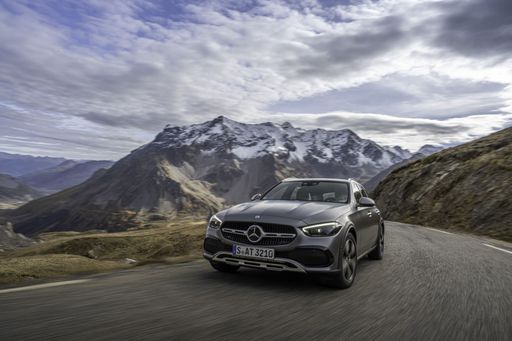
Mercedes C-Class Wagon
Hyundai Tucson
The Hyundai Tucson is a standout choice in the compact SUV segment, offering a perfect blend of style, comfort, and practicality. Its modern design is complemented by a spacious interior that provides ample room for passengers and luggage alike. With advanced technology and safety features, the Tucson ensures a smooth and enjoyable driving experience.
details @ hyundai.news
@ hyundai.news
 @ hyundai.news
@ hyundai.news
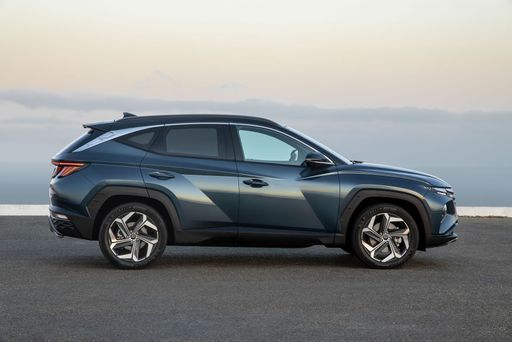 @ hyundai.news
@ hyundai.news
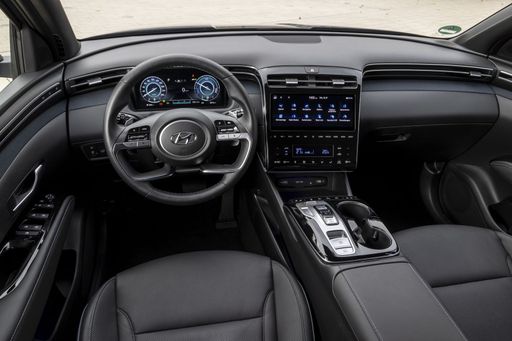 @ hyundai.news
@ hyundai.news
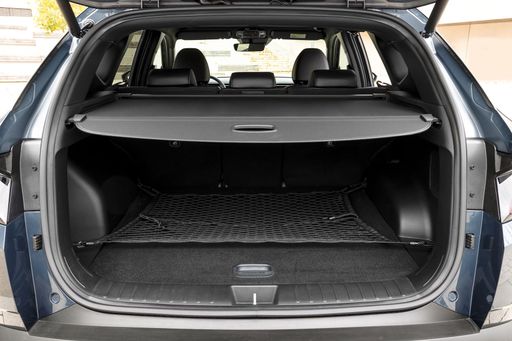 @ hyundai.news
@ hyundai.news
Mercedes C-Class Wagon
The Mercedes-Benz C-Class Wagon offers a perfect blend of luxury and practicality, appealing to those who value both style and functionality in their vehicle. Its elegant design is complemented by a spacious and versatile interior, making it ideal for family trips or business travel. With advanced safety features and state-of-the-art technology, this estate car provides a driving experience that is both secure and enjoyable.
details @ group-media.mercedes-benz.com
@ group-media.mercedes-benz.com
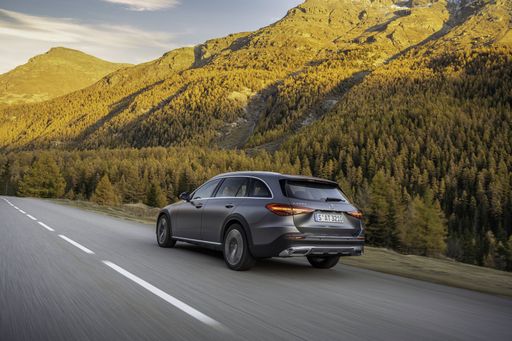 @ group-media.mercedes-benz.com
@ group-media.mercedes-benz.com
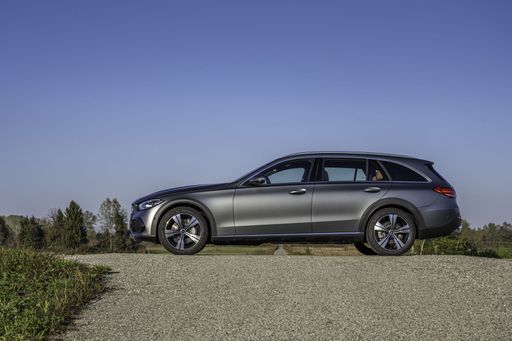 @ group-media.mercedes-benz.com
@ group-media.mercedes-benz.com
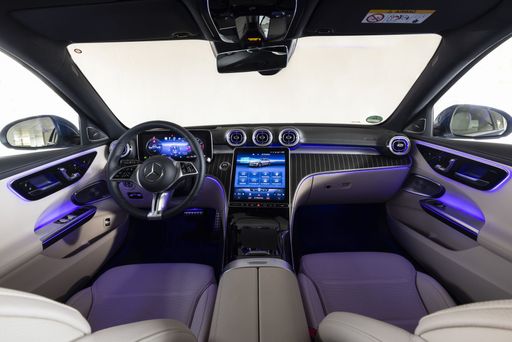 @ group-media.mercedes-benz.com
@ group-media.mercedes-benz.com
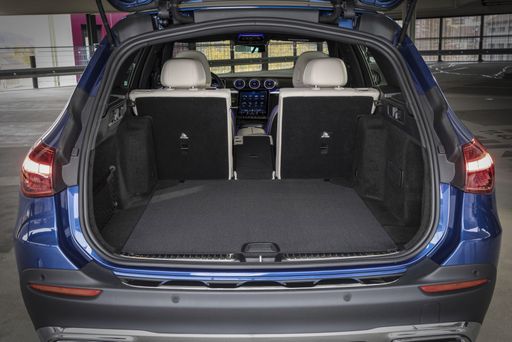 @ group-media.mercedes-benz.com
@ group-media.mercedes-benz.com

|

|
|
|
|
Costs and Consumption |
|
|---|---|
|
Price
30600 - 46300 £
|
Price
42400 - 115300 £
|
|
Consumption L/100km
1 - 6.9 L
|
Consumption L/100km
0.4 - 9 L
|
|
Consumption kWh/100km
-
|
Consumption kWh/100km
-
|
|
Electric Range
64 - 70 km
|
Electric Range
11 - 112 km
|
|
Battery Capacity
-
|
Battery Capacity
19.50 kWh
|
|
co2
22 - 156 g/km
|
co2
11 - 206 g/km
|
|
Fuel tank capacity
42 - 54 L
|
Fuel tank capacity
40 - 66 L
|
Dimensions and Body |
|
|---|---|
|
Body Type
SUV
|
Body Type
Estate
|
|
Seats
5
|
Seats
5
|
|
Doors
5
|
Doors
5
|
|
Curb weight
1520 - 1889 kg
|
Curb weight
1755 - 2235 kg
|
|
Trunk capacity
546 - 620 L
|
Trunk capacity
360 - 490 L
|
|
Length
4510 - 4520 mm
|
Length
4751 - 4842 mm
|
|
Width
1865 mm
|
Width
1820 - 1900 mm
|
|
Height
1650 mm
|
Height
1454 - 1494 mm
|
|
Max trunk capacity
1721 - 1799 L
|
Max trunk capacity
1375 - 1510 L
|
|
Payload
525 - 545 kg
|
Payload
440 - 565 kg
|
Engine and Performance |
|
|---|---|
|
Engine Type
Diesel MHEV, Petrol MHEV, Petrol, Full Hybrid, Plugin Hybrid
|
Engine Type
Petrol MHEV, Plugin Hybrid, Diesel MHEV
|
|
Transmission
Automatic, Manuel
|
Transmission
Automatic
|
|
Transmission Detail
Dual-Clutch Automatic, Manual Gearbox, Automatic Gearbox
|
Transmission Detail
Automatic Gearbox
|
|
Drive Type
Front-Wheel Drive, All-Wheel Drive
|
Drive Type
Rear-Wheel Drive, All-Wheel Drive
|
|
Power HP
136 - 252 HP
|
Power HP
186 - 680 HP
|
|
Acceleration 0-100km/h
7.9 - 11.6 s
|
Acceleration 0-100km/h
3.4 - 8.8 s
|
|
Max Speed
180 - 194 km/h
|
Max Speed
226 - 280 km/h
|
|
Torque
265 - 367 Nm
|
Torque
250 - 1020 Nm
|
|
Number of Cylinders
4
|
Number of Cylinders
4
|
|
Power kW
100 - 185 kW
|
Power kW
137 - 500 kW
|
|
Engine capacity
1598 cm3
|
Engine capacity
1496 - 1999 cm3
|
General |
|
|---|---|
|
Model Year
2024
|
Model Year
2024 - 2025
|
|
CO2 Efficiency Class
E, F, D, B
|
CO2 Efficiency Class
E, F, G, B, D
|
|
Brand
Hyundai
|
Brand
Mercedes-Benz
|
What drive types are available for the Hyundai Tucson?
Available configurations include Front-Wheel Drive or All-Wheel Drive.
The prices and data displayed are estimates based on German list prices and may vary by country. This information is not legally binding.
